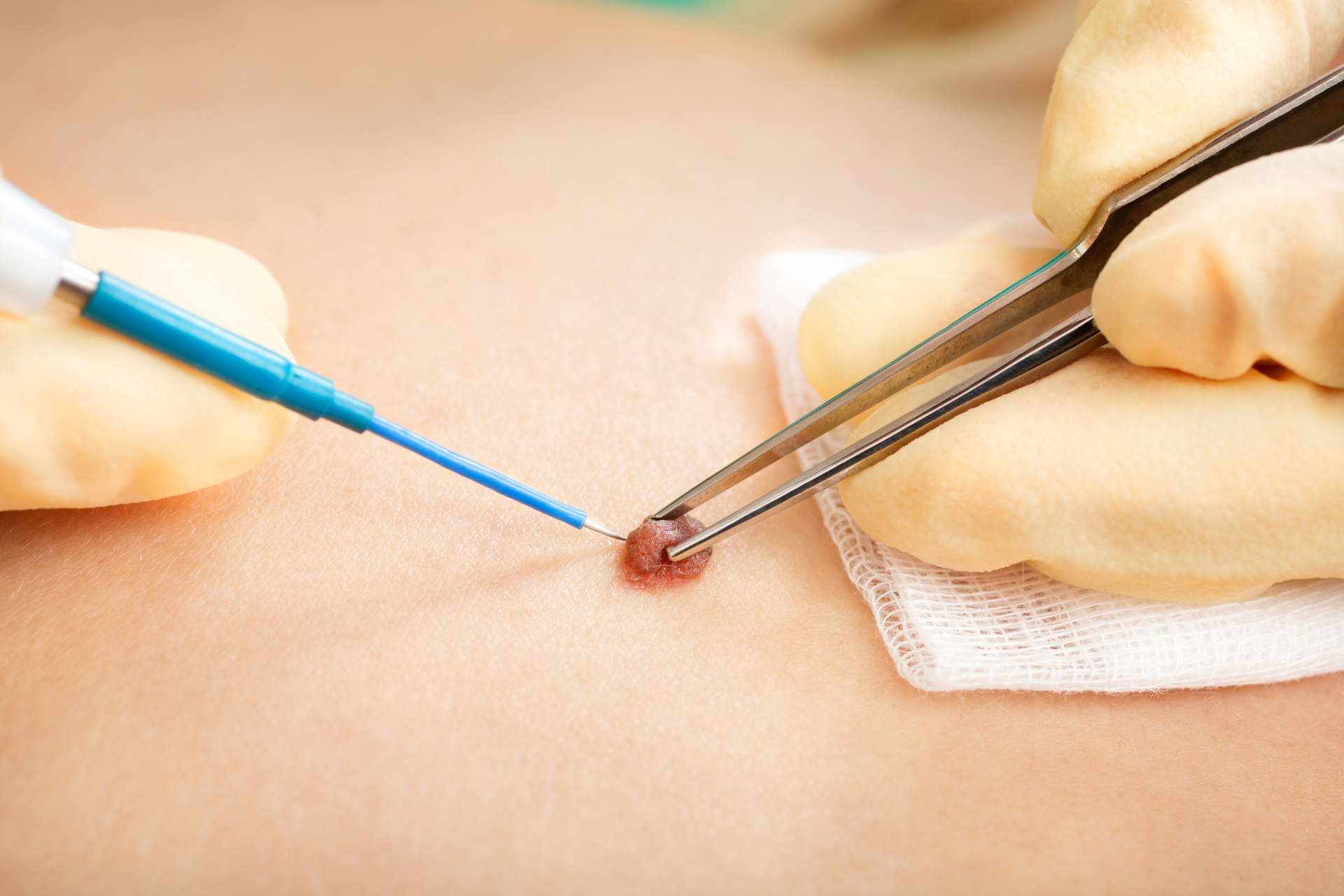How to Prepare for a Mole Removal Procedure: Tips and Expectations

Moles are common skin growths that can be harmless, but in some cases, they may need to be removed for medical or cosmetic reasons. If you have a mole that needs to be removed, it's important to be prepared for the procedure to ensure a smooth and successful outcome. In this blog post, we'll discuss how to prepare for a mole removal procedure, including tips and expectations to keep in mind.
At Fall Creek Skin and Health Clinic, we understand the importance of proper preparation before any medical procedure, including mole removal. Our experienced team of healthcare professionals is dedicated to providing high-quality care for patients of all ages, ensuring your safety and comfort throughout the process.
Before the Procedure:
1. Consultation
The first step in preparing for a mole removal procedure is to schedule a consultation with one of our dermatologists. During this appointment, your dermatologist will assess the mole and discuss the best course of action for removal. They will also provide detailed information about the procedure, including potential risks and benefits.
2. Medical History
It's important to provide your dermatologist with a comprehensive medical history, including any allergies, medications, or previous skin conditions. This information will help ensure the safety and effectiveness of the mole removal procedure.
3. Follow Pre-Procedure Instructions
Your dermatologist may provide specific instructions to follow before the procedure, such as avoiding certain medications, staying hydrated, or refraining from eating or drinking before the appointment. It's important to follow these instructions carefully to minimize any risks during the procedure.
During the Procedure:
1. Anesthesia
Depending on the size and location of the mole, your dermatologist may use a local anesthesia to numb the area before removal. This will help minimize any discomfort during the procedure.
2. Removal Process
There are several methods for removing moles, including shaving, laser removal, or excision. Your dermatologist will choose the most suitable method based on the size, shape, and location of the mole. The procedure is usually quick and performed in-office.
3. Aftercare Instructions
After the mole removal, your dermatologist will provide detailed aftercare instructions to promote healing and reduce the risk of infection. This may include keeping the area clean and dry, applying an antibiotic ointment, and avoiding sun exposure.
Post-Procedure Expectations:
1. Healing Time
The healing time after a mole removal procedure can vary depending on the method used and the size of the mole. In general, the area may take a few weeks to heal completely. Your dermatologist will schedule a follow-up appointment to monitor the healing process and remove any stitches if necessary.
2. Scarring
In most cases, mole removal procedures leave minimal scarring, especially with the use of advanced techniques. However, it's important to follow your dermatologist's aftercare instructions to help promote optimal healing and minimize scarring.
3. Follow-Up Care
It's essential to attend all follow-up appointments as scheduled to ensure proper healing and monitor for any signs of infection or complications. If you notice any unusual symptoms, such as excessive bleeding, redness, or pain, contact your dermatologist immediately.
At Fall Creek Skin and Health Clinic, we prioritize the well-being of our patients and strive to provide exceptional care for all skin-related concerns, including mole removal procedures. If you have a mole that needs to be removed, our team of experienced dermatologists is here to guide you through the process and address any questions or concerns you may have.
In conclusion, preparing for a mole removal procedure involves careful planning, communication with your dermatologist, and following pre and post-procedure instructions diligently. By taking these steps and knowing what to expect, you can ensure a successful and positive outcome from your mole removal procedure. If you have any questions or would like to schedule a consultation, contact Fall Creek Skin and Health Clinic today.
Remember, your skin health is our priority at Fall Creek Skin and Health Clinic. Trust us to provide you with personalized care and expert solutions for all your skin-related concerns.




